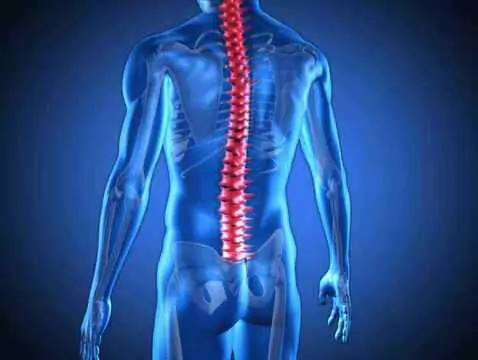Meningitis is caused by close proximity to chronic inflammation. The cerebrospinal fluid, as a cushioning for the brain, also provides a route for the spread of infection if meningitis occurs. Diagnosis is mainly made by collecting cerebrospinal fluid during a lumbar puncture. This examination is the basis for confirming or ruling out the diagnosis and for undertaking appropriate treatment. Some of the inflammations can be effectively eliminated by vaccination.
Ad:









